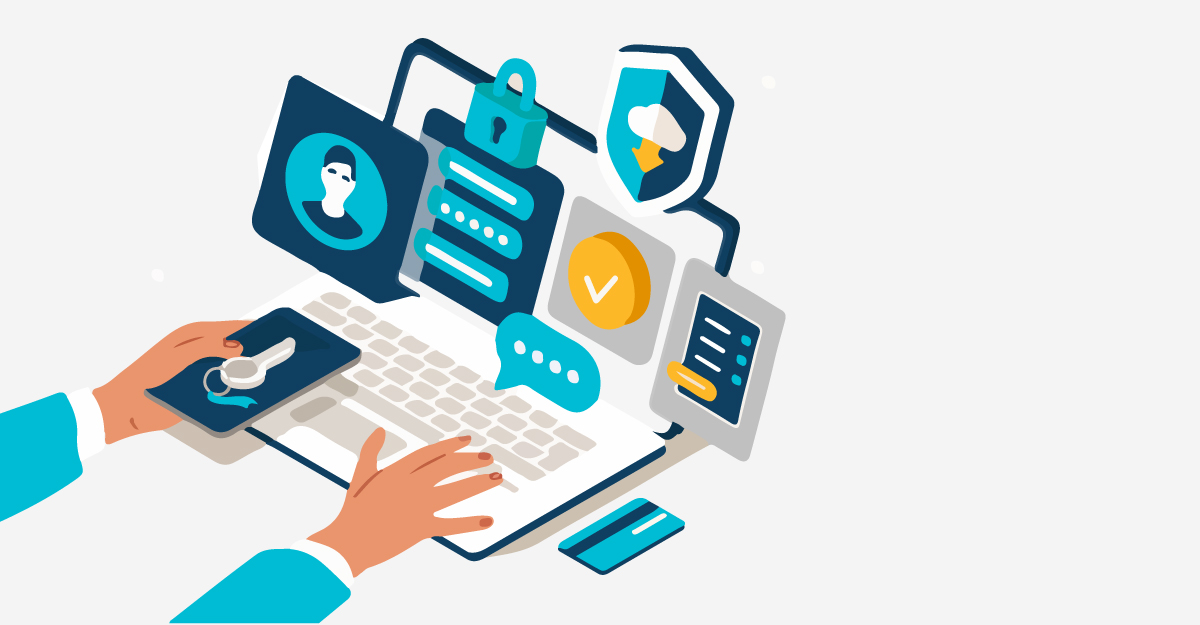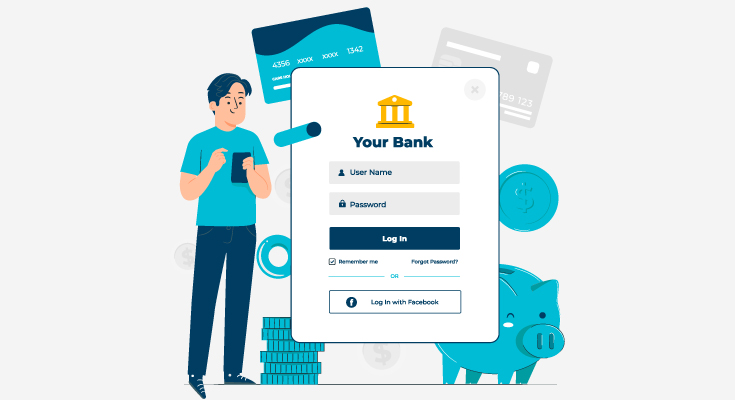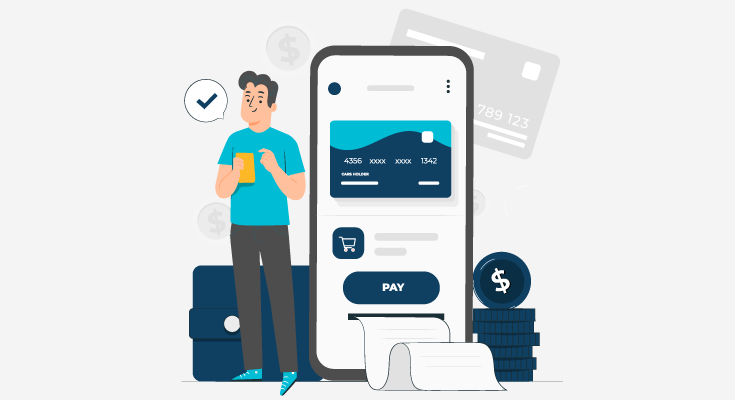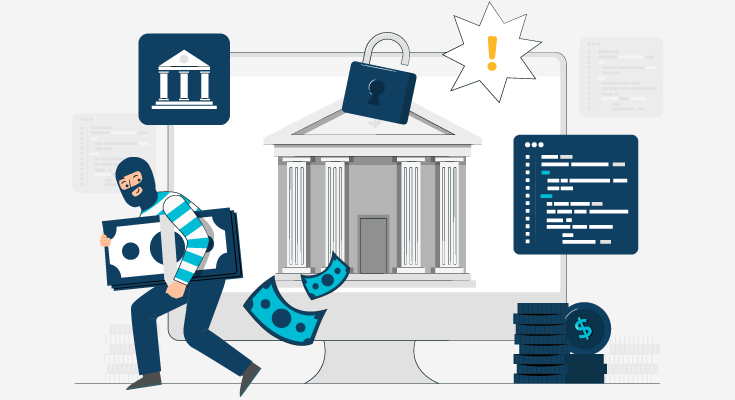The banking industry is in dire need of digital transformation as customer demands are changing drastically. No customer has the luxury of time to wait for multiple days for the completion of the smallest of processes. FinTech or financial technology is important for the digital transformation of the banking industry and financial industry. FinTech companies develop customer-centric financial solutions that help in changing the major operations in the banking industry. By utilization of FinTechs, banking has been made faster, simpler, and more secure than ever.
FinTech like online identity verification solutions and online document verification solutions can help banks to minimize the risk of financial fraud, money laundering, stealing, embezzlement, and identity theft.
What Do You Need to Know About FinTech & Banking?
Long before FinTechs came into existence financial institutions and banks used to offer basic banking services such as bank accounts, loans, credit cards, mortgages, etc. While the banking services remain the same, they have become more secure than ever. Although customer needs and demands have changed over time and now they need more complex banking services like payment processing options, fraud management, financial guidance assistance, and every aspect of traditional banking available digitally.
While banks aim to provide a central banking platform for their customers for a number of services, FinTechs companies usually offer targeted financial solutions. These tailor-made solutions usually solve the most problematic part of banking for customers. To get a more descriptive idea of how FinTechs work, you can look into some of the major FinTech providers and how they assist in improving the digital banking experience.
All thanks to open banking APIs, banks can work alongside FinTech organizations to build solutions that can streamline the digital banking experience as simple, secure, and friendly for customers as possible. The role of FinTech companies is very important in the banking industry as they are trying to make customer finances as secure as possible. Banks usually work alongside FinTech providers so they can assist them in building helpful solutions.
Difference Between FinTech and Banks
If the banks are the financial institutions that provide customers with the freedom to manage their finances, what do FinTechs have to offer? FinTech is the development of financial technology that makes sure to improve the customer banking experience using a variety of digital solutions.
Some common FinTech in the USA banking industry are:
- Bank of America’s Erica
Bank of America’s Erica is a virtual financial assistant that helps customers manage their finances. It makes use of artificial intelligence and machine learning, personal assistants like Erica allow every customer to receive personalized guidance regarding their finances and any services they need to use.
- Venmo
Payment apps like Venmo allow consumers to send and receive money in an instant via ACH payments. This particular FinTech has changed the way transactions used to happen, customers can now send money to each other or make payments at local shops without having to use cash.
- Robinhood
Robinhood is a well-known investment app. FinTechs make banking operations easier for customers. Robinhood helps customers to manage their investments for free online or by using a mobile app, which makes it easier to control the finances of the future.
How are FinTechs Changing the Banking Industry?
As times are changing, banks are being forced to switch to a more customer-centric banking experience. Banks also need to adapt to better technologies to deliver their services. Digital solutions that are built by FinTech companies must aim to change one particular aspect of traditional banking. If banks don’t utilize new technologies, they are at risk of losing customers to institutions that offer better technologies.
This increased competition in the financial sector benefits customers as they are always getting better services. Because FinTechs are developing newer technologies it makes it easier for customers to utilize their banking services. The banking industry has drastically improved its services by incorporating innovation into technology.
Every FinTech firm has something different to offer to customers, banks usually use a blend of multiple technologies to grow their customer base and brand value. The best part is that customers get to experience seamless digital banking with greater confidence in data security.
How Will Fintech Change the Future of the Banking Industry?
Banking has changed drastically from a decade ago all because of changing consumer trends. Over time it has helped streamline the digital banking transformation. Customer expectations to manage every single aspect of their finances on their smartphone have also increased and banks are trying to keep up with the customer demands. Artificial intelligence and machine learning are major aspects of improving the overall customer experience. Technologies keep evolving, ensuring that customers get only the latest and greatest experience.
How Does DIRO as a FinTech Improves Banking Experience?
Security is the most important aspect of online banking, while digital banking is convenient it also makes it easier for fraudsters to steal money, customer data, and other sensitive information. DIRO online document technology aims towards improving multiple aspects of digital banking.
With the integration of online document solutions, banks can verify onboarding customers’ identities in real-time, making the process smoother and more secure. Banks, financial organizations, and other companies can easily comply with KYC and AML regulations. That’s not all, DIRO verification technology assists in reducing fraud by placing verified information on the Blockchain, which makes the documents immutable.














